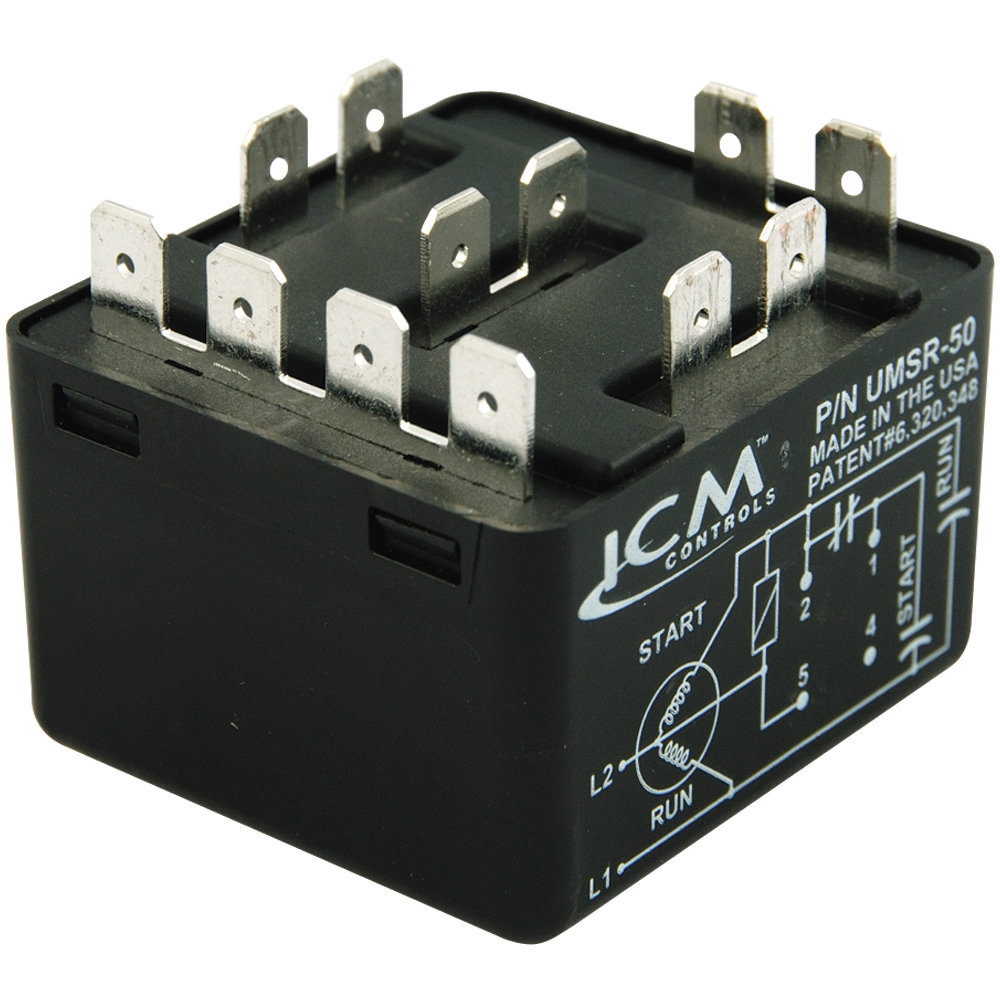Get Tech Tips
Subscribe to free tech tips.
Glide at Static Pressure

Source: Refrigerant Slider in the Ref Tools App
We've been pretty spoiled in residential and light commercial HVAC in the USA because we haven't needed to deal with glide much. In HVAC/R, glide is the window of difference between the boiling points in blended refrigerants; when you have a refrigerant blend made up of different substances that is at a temperature between the boiling points of its source refrigerants, the vapor and liquid refrigerant will have different chemical makeups.
R-22, a pure refrigerant, has no glide. Even though R-410A is a blend, it's what we call a “near-azeotropic” blend, meaning it has very little glide; while we still have to show some caution when charging (inverting the tank and charging in the liquid phase), we can typically still top off R-410A systems without worry. The same can't be said of some of the other refrigerants that have become more common in the marketplace over the last few years.
We can't just ignore glide.
Replacement refrigerant blends
A while ago, Carrier announced that their replacement for R-410A will be R-454B, which they will call “Puron Advance.” R-454B is the same blend used in Opteon XL41, which has been discussed in several other tech tips (linked below). Like R-410A, this A2L refrigerant blend has very little glide (only 0.2°F), but some of the other refrigerants you may encounter (like R-417C, shown above) have a rather severe glide. R-417C is the HFC retrofit option for systems that once used R-12 and HCFC R-12 retrofit blends.
Glide comes down to the fact that some blended refrigerants boil and condense over a range of temperatures rather than at a single pressure/temperature point.
The point at which a refrigerant is fully liquid before subcooling (or the point of the very first bubble in the liquid) is called the bubble point, and we use the bubble point to calculate subcooling. (It may sound silly, but I like to use “bubcool” to remember the link between bubble point and subcooling.)
The point when the mixture becomes fully vapor before superheating (or the first drop of liquid dew in a vapor) is called the dew point, and we use it for calculating superheat. (You can remember this one, too: “dewperheat.”)

System impacts
Zeotropic blends (blends with glide) have several impacts on the system, including possible fractionation during leaks or improper charging. However, the one we notice most in a typical working system is in the evaporator. When a blend with glide enters the evaporator coil, it will start by boiling at a lower temperature. As it moves through the coil, the refrigerant temperature will increase until it hits the dew point before it starts to superheat. This means that neither the dew nor the bubble temperature is REALLY the evaporator temperature; the true effective evaporator temperature is somewhere in the middle. We call this the mid-point.
Because some of the refrigerant flashes off right at the start of the evaporator, the effective midpoint isn't really the middle between the dew and bubble; it tilts more towards the dew. Copeland (formerly Emerson) recommends a more accurate estimate that would account for that “inlet quality.” So, merely multiply the bubble point by 0.40, multiply the dew point by 0.60, and then add the two together to get a more accurate evaporator midpoint. (For more information about midpoint, dew point, bubble point, and PT charts, check out THIS video.)
But let's say you connect to a system that is off or connect gauges to a tank. You think you know which refrigerant you're dealing with, but you can't be sure. How can you know for sure that the refrigerant in the tank or system is what you think it is?
Do you use bubble, dew, or midpoint for static pressure?
The answer is you use the bubble point. Now, I've not had anyone fully explain why to me, but it stands to reason in my head that, in the static state, the majority of the refrigerant mass in the system (or tank) is in the liquid state. Since it is neither in the process of boiling nor condensing, it would be at the bubble point. That's probably a very unscientific way of thinking about it, but it's what I've got for now.
—Bryan
P.S. – The folks over at ESCO Institute have a “Did You Know?” webinar about temperature glide and fractionation as they relate to the new refrigerants. It's free to watch, and you can get NATE credits by taking a quiz at the end. (The quiz is $2.99, but it comes free, along with several other premium paid courses, when you purchase the HVACR Learning Network All-Access Subscription Bundle.) You can watch that webinar HERE.










Comments
To leave a comment, you need to log in.
Log In